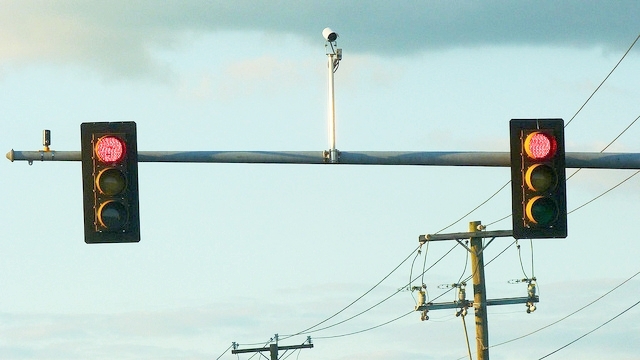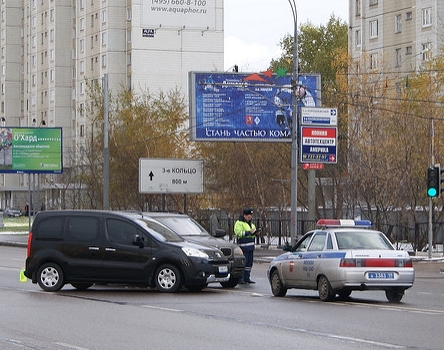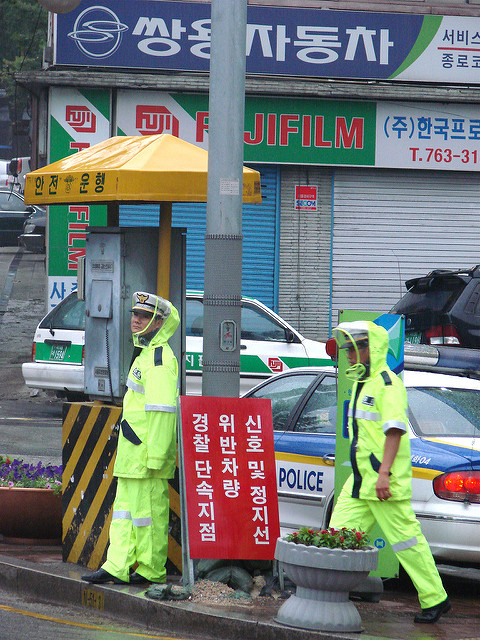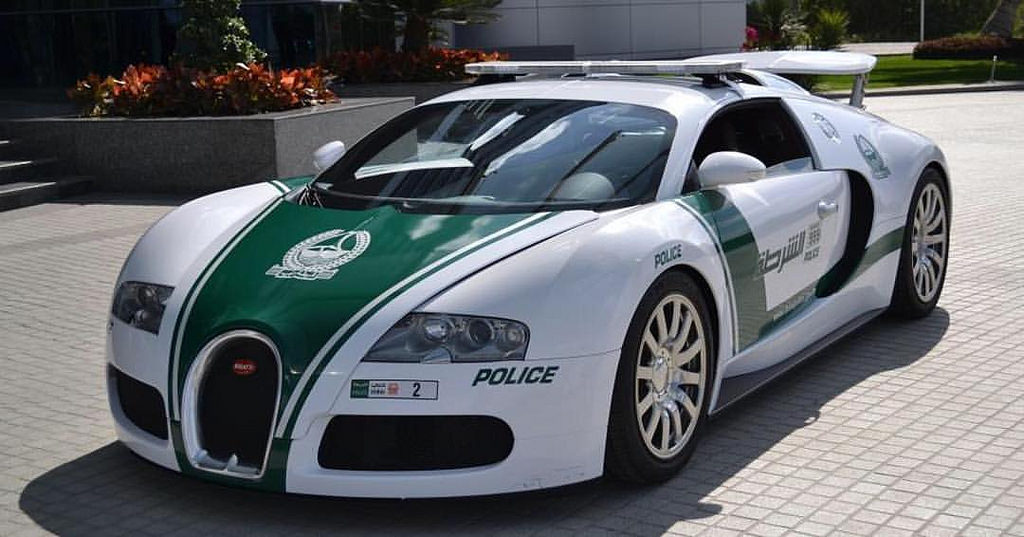Interstate 696 (I-696) officially reopened on January 6, 2019 for drivers travelling eastbound in Macomb County from I-94 to I-75. Eastbound 696 is also open, with the exception of Hoover Rd. to Eastbound 696, which are expected to reopen Saturday, January 12. This is exciting news! Still not excited? Well, this means many drivers are going back to their scheduled routines, will no longer see “workers ahead” signs, and face less stop and go traffic in the early mornings. Not to mention, drivers will no longer travel in constant fear of dodging potholes! While these new, smooth, wide, open lanes may put on a smile on commuters faces, they may also cause drivers to take advantage of these repairs and speed, which may then lead to traffic violations, monstrous fines, and even car crash fatalities.
Failing to follow the posted speed limit may lead to traffic violations issued by the Michigan State Police (MSP). Driving recklessly, speeding, or even travelling 10 mph or less over the legal speed limit are examples of traffic violations. According to Michigan’s Secretary of State (SOS), “each time you are convicted of a traffic violation, drivers will have to pay certain court fines and costs.” In addition, points may be posted to a driver’s record. Under Michigan's point system, “each traffic violation has a point value, which is set by law in the Michigan Vehicle Code.” Also, “points are placed on someone’s driver record only after they have been convicted or found guilty of or responsible for a civil infraction.”
Points For Speeding Traffic Convictions:
Six Points:
Reckless Driving.
Fleeing or eluding a police officer.
Four Points:
Drag Racing, 16 mph or more over the legal speed limit.
Three Points:
Careless Driving, 11 through 15 mph over the legal speed limit.
Two Points:
10 mph or less over the legal speed limit.
Once convicted of a traffic conviction, points remain on the offender’s driving record for 2 years from the date of the conviction. Racking up points might seem fun in an arcade game but in terms of driving, may lead to suspended licenses.
If traffic convictions such as tickets or license suspension don’t alarm drivers and persuade them to follow posted speed limits, maybe the possibility of a car accident, broken bones, traumatic brain injuries, or even death might. According to the National Highway Traffic Safety Administration (NHTSA), “there were 37,461 traffic fatalities in 2016. Among them, 10,111 (27%) were in crashes where at least one driver was speeding.” Furthermore, the speed of a vehicle at the time of a motor vehicle accident also has an impact on the severity of a car crash and any subsequent injuries. According to a study presented at the University of California Berkeley, “for every 1% increase in speed, a driver’s chance of an accident increases by 2%, the chance of serious injury increases 3%, and the chance of fatality increases by about 4%.” So, while drivers may feel the “need for speed,” it’s imperative to remember that I-696’s posted speed limit is 70 mph. However, it is important to note that according to the Michigan Department of Transportation ( MDOT), semi trucks are not permitted to exceed 65 mph on the freeway. Going faster than these recommended speed limits may cause severe injuries or even death in the event of a speeding car crash.
Newly repaired roads are a treat for Michigan drivers. Aside from their shiny, smooth, aesthetic appeal, new roads mean that drivers no longer have to swerve to dodge potholes and they reach their destinations faster since their drive no longer impeded by roadblocks and machinery taking up some of the lanes. However, drivers shouldn’t take advantage of this new luxury and speed! Even the slightest speed increase may reroute a driver’s life forever if they cause a speeding car crash.
Speeding comes with a price tag, and no one can afford a traffic fatality. Drivers must use caution when travelling on the freeway. Traffic violations can be a pain to deal with, but car accident injuries like herniated discs, broken bones, and TBI’s are far more painful. If you’ve been involved in a car crash caused by a speeding driver, contact The Michigan Law Firm, PC at 844.4MI.FIRM for a free consultation.


















